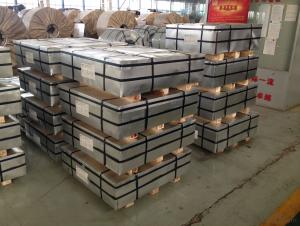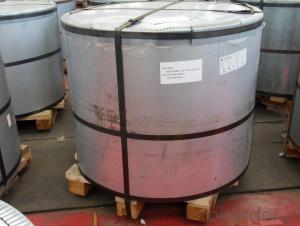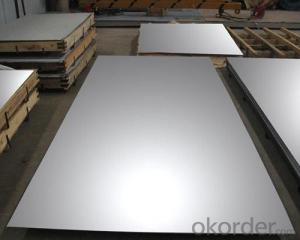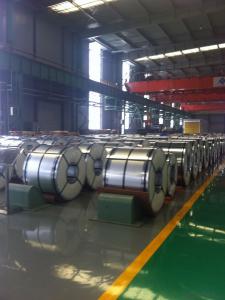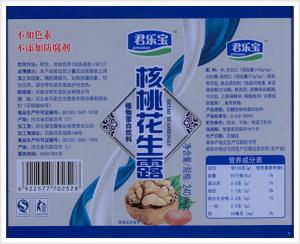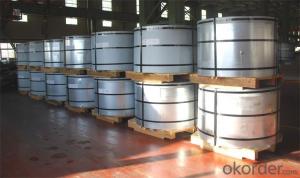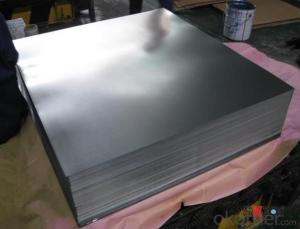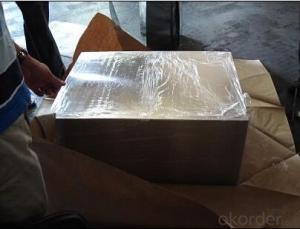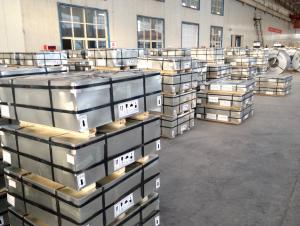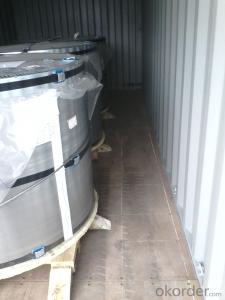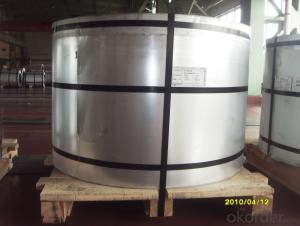Printed Tinplate Sheets
Printed Tinplate Sheets Related Searches
Pvc Tiles For Walls Wallpaper For Office Walls Lights For Bedroom Walls Acoustic Padding For Walls Transparent Roofing Sheets In Sri Lanka Geogrid In Retaining Walls Tape Aluminium Aluminium Modelling Mesh 2 Inch Styrofoam Insulation Sheets Thin Plastic Sheets FlexibleHot Searches
Plastic Sheets For Sale Eps Foam Sheets For Sale Tinplate Sheets For Sale Grp Sheets For Sale Granite Sheets For Sale Styrofoam Sheets For Sale Starboard Sheets For Sale Tinplate For Sale Tinplate China Styrofoam Insulation Sheets Price Tata Tinplate Price List Tinplate Price Trend Tinplate Nse Share Price Tinplate Price Chart Tinplate Share Price Nse Tata Tinplate Share Price Tinplate Share Price Today Tinplate Share Price Bse Tinplate Share Price Tinplate FactoryPrinted Tinplate Sheets Supplier & Manufacturer from China
Okorder.com is a professional Printed Tinplate Sheets supplier & manufacturer, offers integrated one-stop services including real-time quoting and online cargo tracking. We are funded by CNBM Group, a Fortune 500 enterprise and the largest Printed Tinplate Sheets firm in China.Hot Products
FAQ
- There are several different ways to recycle tinplate packaging. One common method is to separate the tinplate from other materials, such as paper or plastic, and then send it to a recycling facility where it can be melted down and reused to make new tinplate products. Another option is to reuse the tinplate packaging for storage or other purposes before eventually recycling it. Additionally, some municipalities offer curbside recycling programs where tinplate packaging can be collected and processed along with other recyclable materials.
- Tinplate, due to its durability and flexibility, positively impacts the ease of opening and closing packaging. It provides a sturdy and secure enclosure, ensuring that the package remains intact during transportation and storage. Additionally, tinplate's smooth surface allows for effortless opening and closing, making it convenient for consumers to access the contents of the packaging.
- There are several different coatings used on tinplate, including tin-free steel (TFS), electrolytic tinplate (ETP), and tin-coated steel (TCS). Each coating provides specific benefits and functionalities to the tinplate, such as corrosion resistance, durability, and improved appearance.
- Tinplate generally demonstrates good odor resistance due to its non-reactive nature and protective tin coating, which helps prevent any unwanted odors from permeating the material or affecting the contents stored inside.
- Tinplate performs well in terms of light blocking due to its opaque nature and ability to effectively prevent the transmission of light.
- Yes, tinplate can be used for packaging luxury goods. Tinplate is a versatile material that offers several advantages, such as durability, strength, and an attractive appearance. It can be customized with various finishes, including high-quality printing and embossing, making it suitable for luxury packaging needs. Additionally, tinplate provides excellent protection against moisture, light, and other external factors, ensuring the preservation and presentation of luxury goods.
- Tinplate offers limited design flexibility as it is a single-layer material, while tinplate laminates provide greater design flexibility due to their multi-layer structure, allowing for the incorporation of different materials and finishes to achieve a wider range of design options.
- The shelf life of tinplate canned goods can vary depending on the specific product and storage conditions. Generally, these canned goods have a shelf life of 2 to 5 years when stored in a cool, dry, and dark place. However, it is recommended to check the expiration date on the can and discard any cans that are bulging, leaking, or have a foul odor as they may be spoiled.



